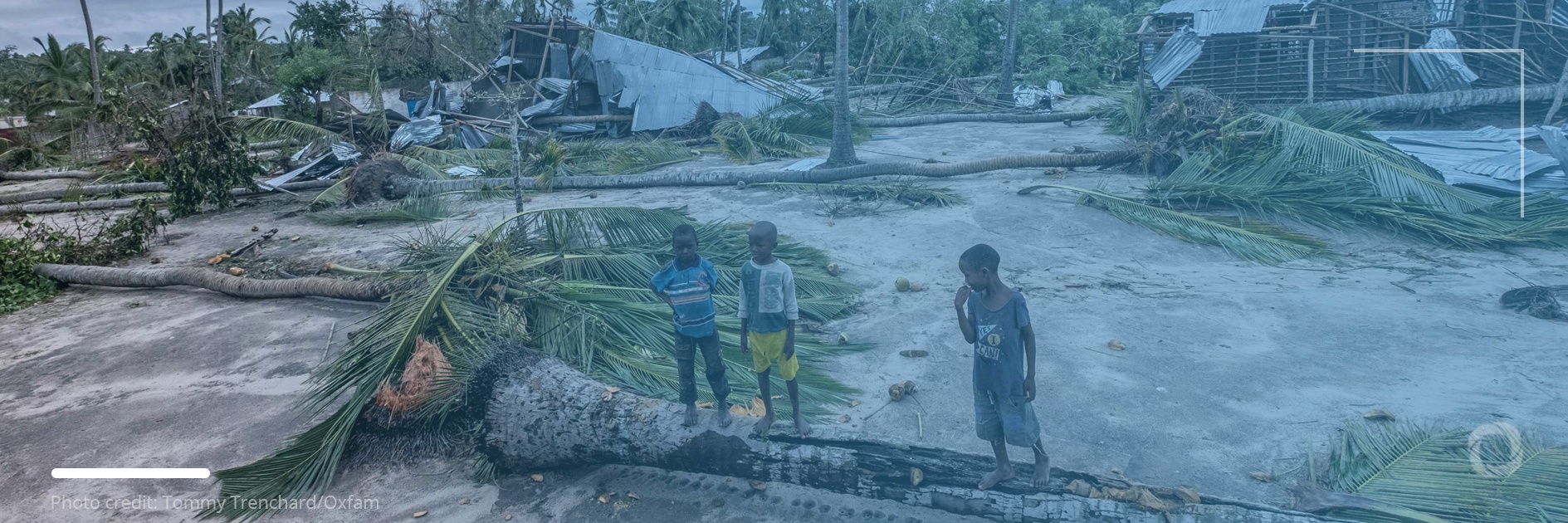During the first three months of 2022, natural disasters caused economic losses of US$32 billion. The escalating occurrence of natural disasters have reaffirmed the destructive effects of global warming from Europe to Japan and from Australia’s east coast to the U.S. Of the total Q1 losses, only just less than half were covered by public and private insurers. A recent report by AON, a leading global analysis firm, confirms the outcomes of the Sixth Assessment Report of the IPCC, the UN agency that assesses climate change which has predicted that economic losses from natural disasters will increase with every additional increment of global warming.
During the first quarter of 2022, economic losses from natural disasters reached US$32 billion, of which only US$14 billion was insured says AON in its recent report. Among the most significant natural hazards were windstorms in Western and Central Europe, flooding on Australia’s east coast, an earthquake on March 16 in Japan, and severe convective storms in the U.S. According to the report, Japan’s 7.3 magnitude earthquake alone, which killed four people and injured another 244, cost insurers US$2 billion in financial losses.
Steve Bowen, Managing Director and head of Catastrophe Insight for AON’s Impact Forecasting team noted:
“The first quarter is typically the quietest of the year, though 2022 marked the sixth consecutive year to record more than US$10 billion in insured losses.”
Overall, in the first quarter of 2022, the highest percentage of economic losses, exceeding US$15 billion, was recorded in the Asia Pacific region. Europe, the Middle East and Africa (EMEA), and the U.S. accounted for US$8 billion and US$6 billion in economic losses, respectively.
Fig.1. Global Q1 Economic Losses (2022 $ billion)

In 2021 and 2022, Q1 weather-related insured losses, reaching US$36 billion in both years, were the second-highest for public and private insurers following 2020 and 2021 with a total of US$41 billion. This was the seventh-highest on record and was mainly driven by US$25 billion in losses that occurred in 2021 alone.
As for all-natural disasters, the record was registered in 2010 and 2011 with US$98 billion in losses as Chile and Haiti were hit by earthquakes and Western Europe by the devastating Xynthia cyclone.
Fig.2. Global Q1 Insured Losses (2022 US$ billion)

The report also reveals that January, February, and March of 2022 were the sixth, seventh, and fifth warmest months since 1880 while March was the 447th consecutive month to record global land and ocean temperatures beyond the average of the 20th century.
Steve Bowen, commenting on the outcome of the report, noted:
“Projected climate-related losses are likely to escalate with every additional increment of global warming. This will further compound overall risk levels on a global scale. Adaptation, planning and strategic implementation need to be three fundamental aspects to climate change preparedness, as they can lead to significant societal and ecological protection as communities navigate this increasing volatility.”
Furthermore, earlier this month, the IPCC released its latest report revealing that destructive carbon releases from 2010 to 2019 were the highest on record. Referring to these findings, Secretary-General Antonio Guterres called on all countries to act now and immediately. He particularly emphasized that should action be delayed, several large cities will suffer as a result of sea-level rises while terrifying storms, widespread water shortages, and unprecedented heatwaves will affect different parts of the globe. In addition, according to the Secretary-General, millions of species of plants and animals will just simply disappear.

